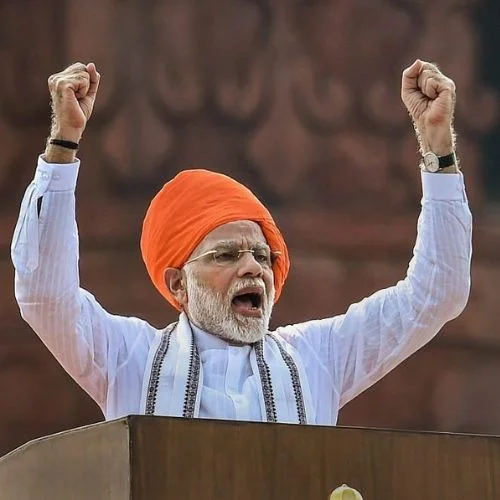As the world transitions to a more sustainable future, As growth paths diverge, India’s oil needs will surpass China. This will result in a change in the demand for oil.
This expansion will be supported by rising populations, which have probably already surpassed China’s, as well as consumption patterns. While China is rapidly adopting electric cars, India is anticipated to trail other areas in its shift away from conventional gasoline and diesel-fueled transportation.
Because India’s daily crude consumption is three times that of China, it is unlikely that it will ever match the size of its neighbor’s vast oil network, but traders and producers hoping to profit from slowing global demand growth will bet on the South Asian country for the foreseeable future.
“India was always going to surpass China in a matter of time in terms of being the global demand growth engine, mostly owing to demographic considerations like population increase,” said Vincent Ong, the head of Asia energy and chemicals research at JPMorgan Chase & Co. in Hong Kong.
China’s economic rise around the turn of the century made it a major consumer of goods including wheat, metals, and crude oil, giving resource-rich nations throughout the world a boost. The peak in Chinese oil consumption is expected to occur around 2030, according to major refiner China National Petroleum Corp., signaling the end of the oil boom.
The shift in demand-growth leadership now seems imminent.
According to Emma Richards, a senior analyst at Fitch Solutions Ltd. in London, “China’s significance as a global oil demand growth engine is waning quickly.” According to her, India’s share of the total growth in developing-market oil consumption will rise to 24% over the next ten years, while China’s share will fall to 15% from roughly 50%.
With the invasion of Ukraine more than a year ago, India is already taking a more significant role in the oil market. South Asia has grown to be a significant consumer of Russian crude, converting the oil produced by the OPEC+ producer into fuels that are frequently shipped to other regions such as Europe and the United States.
Similar projections were made in the middle of the previous decade, making India the new focal point of the expansion in oil consumption. The changeover to the top position, should it happen this time, will probably be far from easy and slowed down by bureaucracy.
State-run refiners have been slow to modernize their processes and continue to rigidly adhere to the antiquated and time-consuming method of issuing tenders for the purchase of oil on the spot rather than adopting a more flexible and quick strategy of directly negotiating and signing contracts with counterparties.
But, over the long run, according to Vandana Hari, the founder of Singapore’s Vanda Insights, India’s rapidly expanding thirst for petroleum would make the South Asian country an alluring prospect for foreign traders and producers.
India has ambitious plans to transfer its sectors, especially transportation, to more environmentally friendly energy sources, but the country is trailing other large nations, so its reliance on fossil fuels is likely to last much longer.
China, the largest auto market in the world, has adopted electric vehicles quickly, which is a worrying indicator of the country’s long-term need for fuel. According to BloombergNEF, Electric Vehicle sales in China almost quadrupled to 6.1 million units in 2022, while India only sold 48,000 units within the same time frame.















